WASHINGTON— President Donald Trump on July 31 signed into law a career and technical education bill, desperately needed by many employers, educators, and lawmakers. The bipartisan legislation will help align the U.S. education system with the nation’s rapidly evolving workforce needs.
The Strengthening Career and Technical Education for the 21st Century Act, which passed both the House and Senate unanimously, reforms the American career, technical, and vocational education system for the first time since 2006.
The bill, introduced by Reps. Glenn Thompson (R-Pa.) and Raja Krishnamoorthi (D-Ill.), will benefit more than 11 million students.
Among many important changes to skills-based education, the bill boosts the funding for the Carl D. Perkins Career and Technical Education Program by up to $1.3 billion annually. The program will benefit secondary and post-secondary students across the country, providing on-the-job training in various fields including cybersecurity, advanced manufacturing, and healthcare.
“The legislation really is transformational in terms of what it does for restoring rungs on the ladder of opportunity for American citizens and families,” Thompson told The Epoch Times.
He said changes put forward in the legislation bring career and technical education into the 21st century.
“I am thrilled by the passage of this major bipartisan legislation and am excited to help educators and students adjust to these critical reforms to increase worker wages and strengthen our economy for generations to come,” Krishnamoorthi, co-sponsor of the bill stated in a press release.
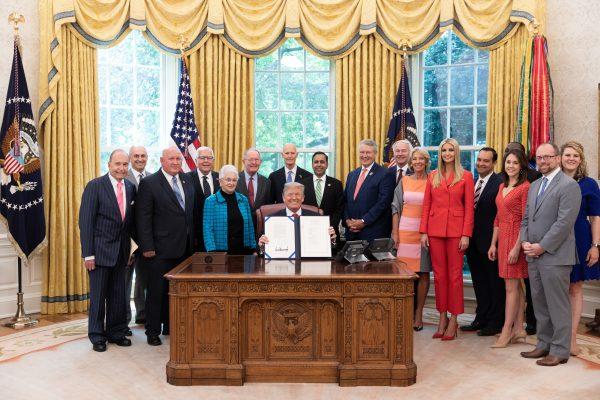
The bill was voted on five times, three times in the House and twice in the Senate, due to amendments. The House passed its own version of the bill more than a year ago, but negotiations in the Senate had been at an impasse for months. The Trump administration has made closing the skills gap a top priority and hence pushed the Senate to take action on the bill.
According to media reports, Ivanka Trump, President Trump’s daughter and White House senior advisor, visited Capitol Hill in June to press senators on the bill.
Thompson said the administration’s support and engagement in the passage of the bill were very helpful.
National Association of Manufacturers President Jay Timmons said in a statement, “Manufacturers are encouraged to have partners in the White House like the president and Ivanka Trump who are laser-focused on worker training.”
The American Chemical Society (ACS), the world’s largest scientific society, also applauded Congress and the administration for passage of the bill.
“ACS was encouraged to see lawmakers’ support for in-depth professional development with emphasis on apprenticeship and work-study programs,” stated the ACS in a statement.
The first federal law that provided funding for vocational education was passed in 1917 and since then career and technical education (CTE) has played a crucial role in U.S. secondary schools. However, CTE has been on the decline for the last few decades, according to Brian Jacob, former Brookings Institute expert and the Walter H. Annenberg Professor of Education Policy and Professor of Economics at the University of Michigan.
Starting in the 1980s, states increased the number of courses required for high school graduation. As a result, students had to take additional courses in core academic fields such as math, science, social studies, and foreign language. This requirement coupled with declining funds and a growing push toward a four-year college degree led to a sharp decline in CTE participation, stated Jacob.
U.S. job openings surged to record-high levels in recent months, with vacancies increasingly exceeding the number of unemployed workers. Companies are having trouble finding suitable workers due to a growing skills gap. The skills shortage is a broad issue that affects many U.S. industries and forms a threat to future economic growth.
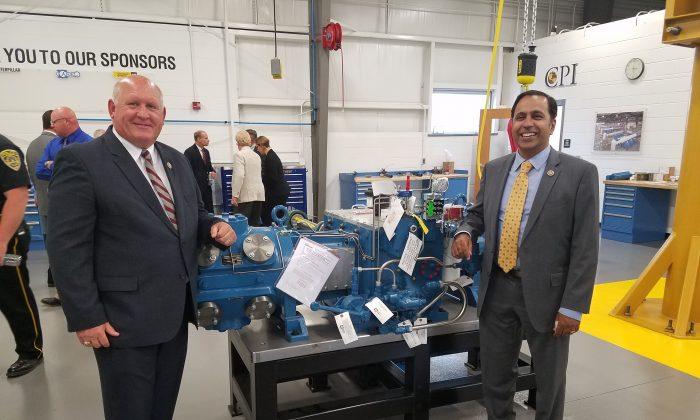


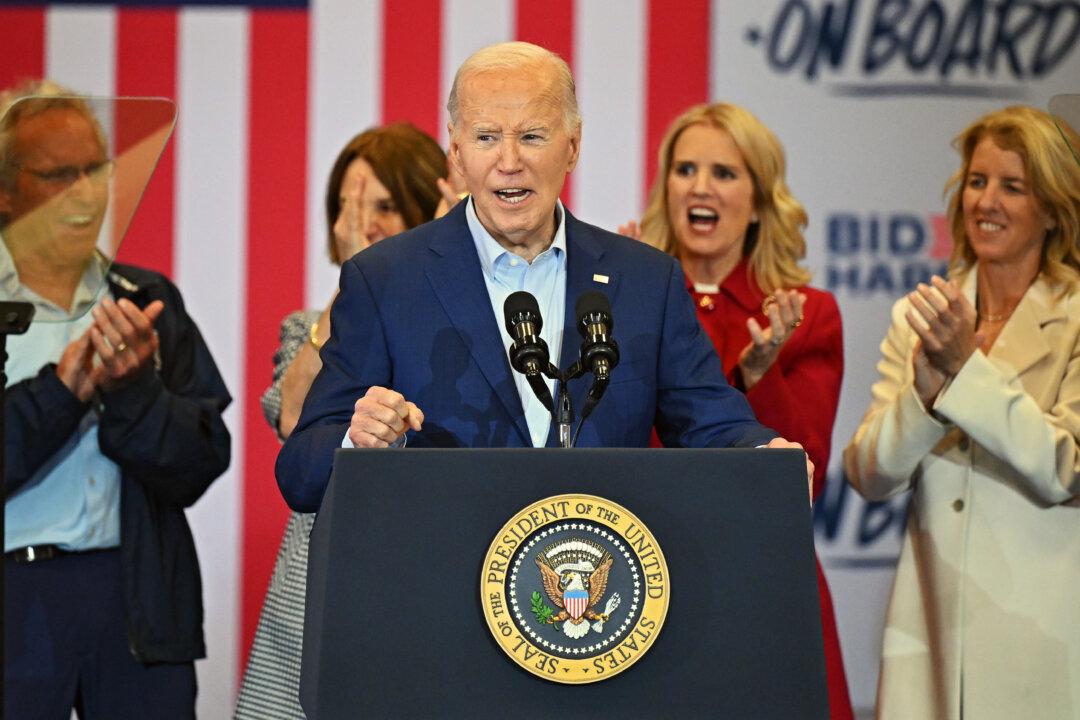
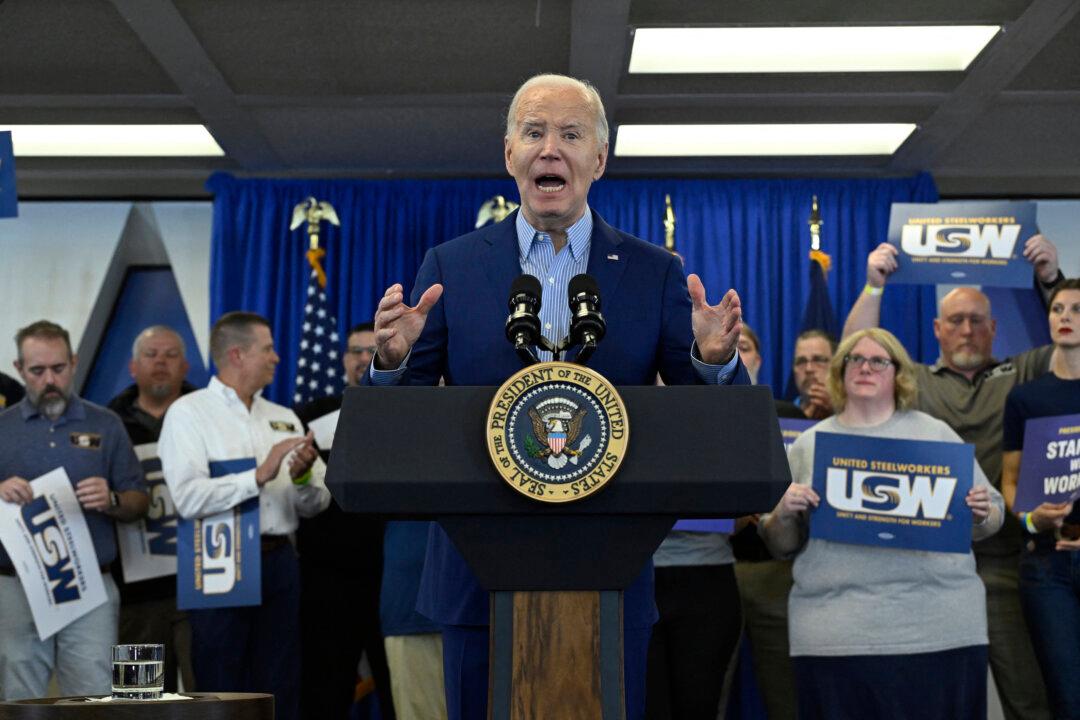
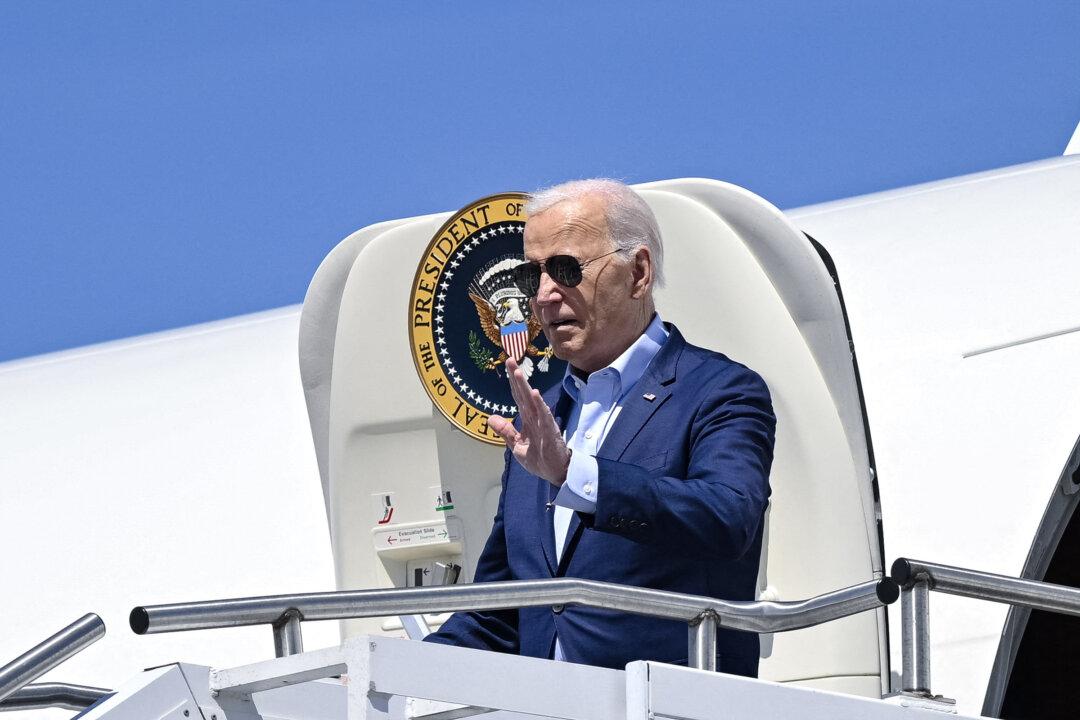
Friends Read Free